In this week’s Q&A, we sat down with Michael Hammerstrom, the Marketing Manager and Social Media and Outreach from PBS, to learn his best practices for Digital Marketing, Social Media, and Community Engagement.
What is your role at PBS?
So the past several years I’ve managed social media and outreach at PBS for the education department. I’ve recently accepted a new role as Manager of Marketing and Engagement at CuriosityStream, which is the worlds first ad free non fiction streaming service and the similarities in both roles is that I’ve been fortunate enough to work with really exceptional content which really makes social a little more of a pleasure than a chore.
What is the makeup of your social team?
In PBS we actually work very collaboratively in social media, I’m really the only person managing social for the education department but we meet monthly with all the social media managers in the building for the various departments in PBS and of course for the overarching PBS brand to discuss strategies and learn from each other and sometimes share content that would be valuable for each others audience, and that’s a group of about 20 people.
What social networks do you currently publish on?
We currently publish on Facebook, Twitter, Pinterest, Google Plus, YouTube and Instagram. Since my audience is primarily educators and teachers I see the most success in direct engagement on Twitter, it’s a platform where teachers really are using it to talk to each other, they’re really responsive to our brand and we see a lot of success as far as reach on Facebook, but that deep engagement I see a lot on Twitter.
What are your business objectives for social media?
Our business objectives are drawing people to our website, PBSlearningmedia.org, and certainly engagement; more than reach we’re focused on finding those users coming to our site everyday who are engaging with our content 4-5 or more times a month.
How are you currently measuring your objectives?
We’re currently measuring our objectives by subscriptions to our websites, its free to subscribe to our educational resources but we’re looking at the growth in members that we have and we’re looking at their behavior and tracking how many times they are returning.
What challenges do you face?
A challenge that we face is there are just so many competing brands out there. Even though mostly everyone knows what PBS is, they don’t know what we do in the classroom for educators, so when focusing on the formal education market, which is a very established base, schools and administrators have already made up their mind on decisions and spending, so getting people to think about using our tools and resources in addition to everything else that they may have commissioned can be challenging. Fortunately, we have outstanding brand recognition, which doesn’t hurt.
What is one campaign that you are most proud of?
I’d have to say at PBS, it’s something called, Election Central. We took the approach of rather than solely relying on the great content that PBS is producing and offering it to our audience, we took some time to interact and brainstorm with our engaged users about what resources they needed. The thing that kept boiling to the top was tools to follow the election and teach students about what was going on in this year’s election landscape, so we created a resource hub, and it’s a separate entity and site from PBS Learning Media, but it houses a lot of the same resources and it’s a place where you can go to track where all the candidates are, what they’re stance on certain issues are, as well as finding supporting resources from PBS and PBS NewsHour featuring interview with the candidates, the candidates’ campaign trail, history of how certain states have voted, what it means to be a super delegate – everything that you might be curious about as an adult, but are certainly trying to make sense to students. It’s been really successful, and was just recognized by PC World as one of the top 10 overall sites to follow during the election season. It’s been really exciting to be part of the election process!
What social networks are you most excited to try new things with?
Right now thinking of my role at CuriosityStream, I’m really excited about Instagram because content is key, and they have such beautiful imagery and a naturally “curios” audience that loves lifelong learning.
What advice do you have for other social media marketers out there?
Well I can’t stress enough how important it is to know your audience – social marketing in my opinion should be as personal as possible so if you’re not doing something different or reacting to how people are viewing your content online, then you’re probably not changing your strategy up enough.
What predictions do you have for the future of social media?
I think the two biggest trends that I’m seeing in digital media are mobile and wearable technology. Social media is going to be a lot less text and more images and voice content so that people can ingest social media while they’re riding their bikes, they can listen to whatever they want. I think we’re going to see a lot more in the form of voice and video than we do text.

